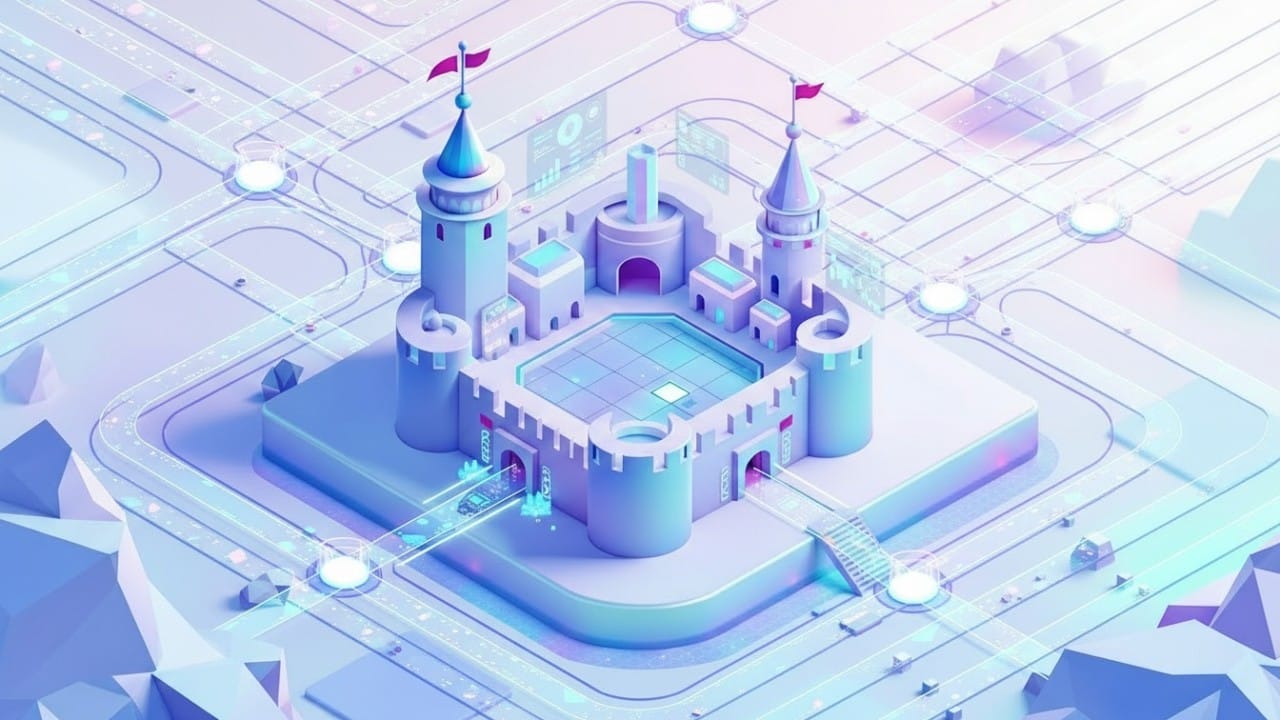Individual Workflows Scale Linearly. Composed Workflows Compound.
Composed workflows create exponential advantages through interconnection.

In my last post, I wrote about Linear's self-driving SaaS vision and why it requires developer-buildable workflows. But here's what happens once you start building: the output of one workflow can trigger the next. This is where Continuous AI stops being "faster development" and starts being "a different way to build software."
Why Composition Matters
A single workflow saves you time. A composed system of workflows changes what's possible.
Consider a simple workflow: Sentry error triggers an agent to investigate and file a PR. That's valuable. You've automated incident response.
Now compose it: Sentry error → investigation → GitHub issue → PR → review → merge → changelog update → Slack summary → Linear issue closed.
Each arrow is an autonomous workflow. The output of one becomes the input to the next. You're not saving 30 minutes anymore. You're automating the entire lifecycle from detection to resolution to communication.
The Compounding Effect
Individual workflows give linear improvements. Composed workflows compound.
With one workflow, you automate one task. With two workflows, you can automate two tasks. But if those workflows can feed each other, you can automate the space between them too.
Example: You have a workflow that monitors PostHog for feature adoption patterns. You have another workflow that updates documentation. Separately, these are useful.
Composed: PostHog shows feature hit 80% rollout → workflow drafts documentation updates → workflow creates PR → workflow updates marketing site → workflow drafts release notes → workflow posts to changelog → workflow summarizes in Slack.
You're not just automating tasks. You're automating the coordination between tasks.
What Makes Workflows Composable
Not all workflows compose well. The ones that do share characteristics:
Clear outputs. The workflow produces something concrete: a GitHub issue, a PR, a Linear comment, a Slack message. Not "I investigated this" but "here's the GitHub issue with my findings."
Reliable triggers. The next workflow can depend on the previous workflow's output. If a workflow produces a PR, you can reliably trigger a review workflow. If it sometimes produces a PR and sometimes just a comment, composition breaks.
Low intervention rates. If a workflow needs human intervention 40% of the time, you can't compose it with other workflows. The chain breaks. You need <5% intervention rates for reliable composition.
Standard formats. Workflows that output GitHub issues, PRs, Linear comments work well because other workflows know how to consume these formats. Custom outputs require custom consumers.
Real Examples
Teams running composed workflows at Continue:
Customer support → product development: Slack question → doc search → draft answer → create Linear issue if answer doesn't exist → agent implements → PR → review → merge → docs update → post answer to original Slack thread.
Incident response → knowledge base: Sentry error → investigation → GitHub issue → PR with fix → merge → extract root cause → update runbook → post summary to team Slack.
Feature rollout → communication: PostHog flag at 100% → update feature docs → update marketing copy → draft announcement → post to changelog → schedule social posts → create customer email draft.
These aren't theoretical. Teams are running these today.
When to Start Composing
Don't start here. Composition is Phase 4, not Phase 1.
First, build individual workflows that work reliably. Get intervention rates below 5%. Run them for weeks until you trust them.
Then start connecting them. Pick two workflows where the output of one naturally feeds the input of the other. Connect them. Watch the composed system run. Measure the end-to-end intervention rate.
If it works, add a third workflow. Then a fourth.
The teams with the most sophisticated Continuous AI systems didn't build them in a month. They built one workflow, made it reliable, added another, composed them, and kept going.
The Compounding Advantage
Here's why composition matters for competitive advantage: it's hard to copy.
A competitor can see you ship features fast and guess you're using AI agents. They can copy individual workflows.
But composed workflows reflect how your specific team works. The triggers you care about. The tools you use. The communication patterns that matter to your culture. The sequence of steps that match your process.
This is infrastructure that compounds over time. Each new workflow amplifies the ones before it. Each composition creates new capabilities.
This is why teams that start building Continuous AI workflows now will be hard to catch. Not because of any one workflow, but because of the system of workflows they've composed.
But how do you actually get there? How do teams go from manual coding to running composed autonomous workflows? That's what I'll cover next.

